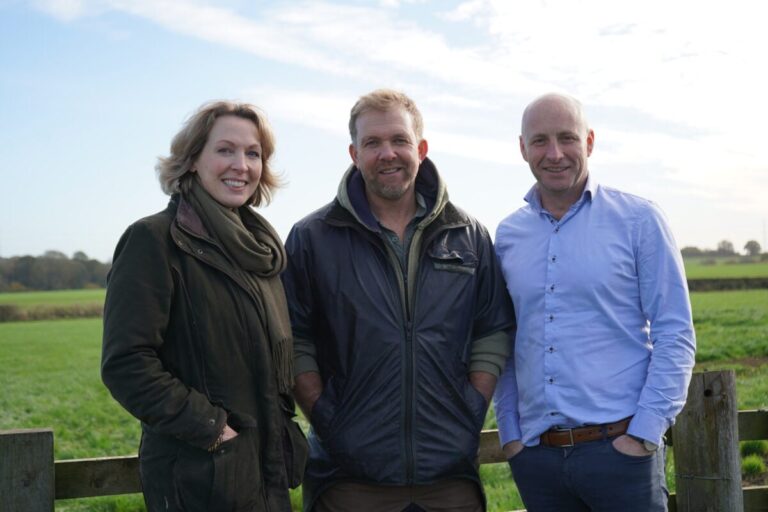The Great North Road Solar and Biodiversity Park, being developed by UK-based Elements Green, will be the “largest UK solar park to embrace grazing”.
When the development comes online, which Elements Green estimates will be in 2027, a flock of almost 4,000 sheep will graze the solar farm’s fields, which could increase to 9,000 once lambing begins.
The herd will be managed by local farmers Phil Weaver and Pete Wilson and will also serve as vegetation management. According to Elements Green, this will save the project £5 million in mowing costs over its 40-year lifespan.
By grazing on the solar development, Weaver and Wilson’s sheep will be closer to home, reducing their annual mileage by 56,500 miles. Wilson said it means they can “focus on what we love – agriculture – while reducing emissions.”
The 1GW ground-mounted solar PV installation is currently still in the pre-application phase and closed its initial consultation in February this year following six weeks of feedback and community meetings.
An application is expected to be submitted between April and June 2025, according to the UK government’s planning portal. The developer has already provided a grid connection to National Grid’s existing substation at Staythorpe, Nottinghamshire.
The Great North Road Solar and Biodiversity Park has been renamed as part of a partnership between Elements Green, the RSPB, Sherwood Forest Trust, Nottinghamshire Wildlife Trust and the Trent Rivers Trust to ensure nature benefits from the development.
In response to a public consultation, Elements Green says approximately 850 hectares of the site will be dedicated solely to positive ecological management. Around 50,000 trees will be planted across the area, along with 25 kilometers of hedges, the creation of flower meadows and flood control.
Mark Noone, UK project director for the development, said: “This partnership proves that renewable energy projects can do more than just power homes; they can strengthen local communities, stimulate biodiversity and support traditional industries.”
The collaboration with Weaver and Wilson is intended to demonstrate how solar farms can coexist with agriculture. Local support for the development will be critical during the planning process, especially in the wake of the Conservative government’s messaging on solar developments.
As such, some MPs, parish councils and neighbors of future solar farms are opposing new developments as they would result in the loss of productive agricultural land.
Agrivoltaic energy, the use of land for solar energy and livestock farming, has become an industry in itself. The addition of solar energy can provide farmers with a (much needed) income stream. The National Farmers’ Union of Scotland (NFUS) has signed an affinity agreement with Iqony Solar Energy Solutions (SENS), which will see landowners receive indexed, competitive market rent for up to 40 years.


